近年来,国内肉制品行业快速发展,进口肉制品越来越多进入中国,并且越来越多地出现在国人的餐桌上,其高质量、低价位的产品特性更成为不少厂家原料供给的首选。但在运输过程需要冷冻较长时间的背景下,如何解冻大块进口肉,并保证冻肉解冻后的品质和口感,成为困扰整个肉制品行业的难题。
In recent years, the domestic meat product industry has developed rapidly, with more and more imported meat products entering China and appearing more and more on the dining tables of Chinese people. Its high-quality and low-priced product characteristics have become the preferred raw material supply for many manufacturers. However, in the context of the need for prolonged freezing during transportation, how to thaw large chunks of imported meat and ensure the quality and taste of frozen meat after thawing has become a challenge for the entire meat product industry.
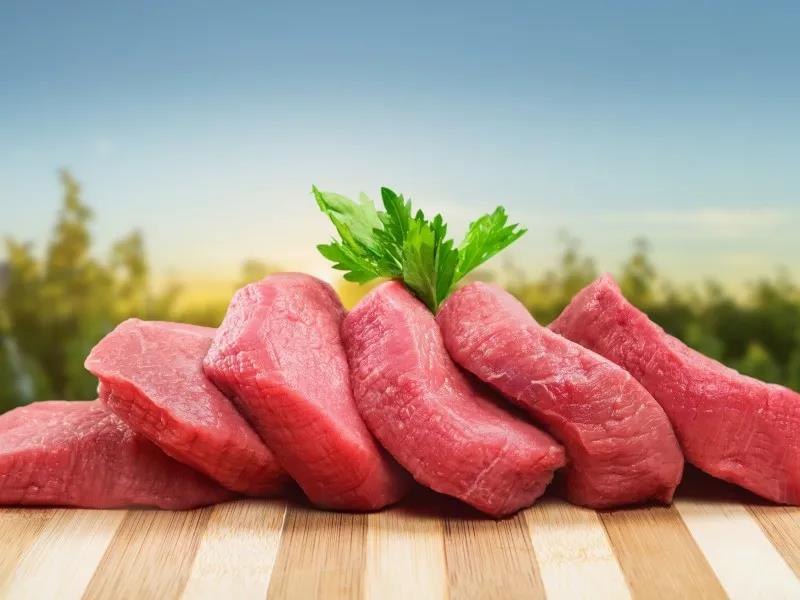
虽然冻肉在冰冻过程中能够保留住肉类原有的营养价值,但是冻肉的解冻过程却可能破坏肉类中的营养成分。对于肉制品加工厂来说,大批量的冻肉解冻不可能依赖自然解冻的方法,需要运用一定的设备。因为不管是多次解冻还是解冻不当都会导致肉类中营养成分的破坏,进而影响加工肉制品的营养价值。因此解冻设备的选择在冷冻肉解冻过程中显得至关重要。
Although frozen meat can retain its original nutritional value during the freezing process, the thawing process of frozen meat may damage the nutritional components in the meat. For meat processing plants, large-scale thawing of frozen meat cannot rely on natural thawing methods and requires the use of certain equipment. Because both repeated thawing and improper thawing can lead to the destruction of nutrients in meat, thereby affecting the nutritional value of processed meat products. Therefore, the selection of thawing equipment is crucial in the process of thawing frozen meat.
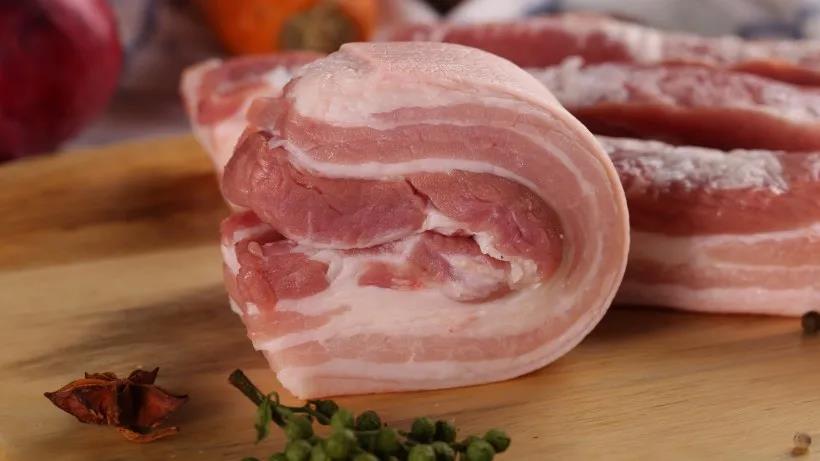
据介绍,冷冻肉是经过预冷排酸、急冻,继而在-18℃以下贮藏,深层肉温达-6℃以下的肉品。不过,同鲜肉、冷鲜肉比较,由于冷冻肉在较低温度下冷冻,色泽、肉质、味道会有较大差异,这也使有些人不喜爱冷冻肉的原因之一。
然而,优质冷冻肉在合理的解冻条件下,肉质、味道、口感和品质,与新鲜肉或冷却肉相差不大。更重要的是,随着解冻技术、设备的发展与进步,冷冻肉也能“鲜”起来。
According to the introduction, frozen meat is a meat product that undergoes pre cooling, acid removal, rapid freezing, and then stored below -18 ℃, with a deep meat temperature below -6 ℃. However, compared to fresh meat and cold fresh meat, frozen meat has significant differences in color, texture, and taste due to being frozen at lower temperatures, which is also one of the reasons why some people do not like frozen meat.
However, under reasonable thawing conditions, high-quality frozen meat has little difference in texture, taste, taste, and quality compared to fresh or chilled meat. More importantly, with the development and progress of thawing technology and equipment, frozen meat can also become fresh.
▐ 目前常见的解冻方式包括传统解冻、水解冻、微波解冻。
“由于冷冻肉需要作为原料进行加工,但是要先进行解冻。之前大多采用水解冻的方式,但是解冻耗时长,耗水大,成本相对较高,并且解冻后的肉类色泽、口感不理想。自从有了微波解冻机,不仅大大提高了解冻效率,缩短了解冻的时间。更重要的是,冷冻肉的原本色泽、口感得以保留,其口感如同冷鲜肉一般。
The common thawing methods currently include traditional thawing, hydrolysis thawing, and microwave thawing.
Due to the fact that frozen meat needs to be processed as raw materials, but it needs to be thawed first. Previously, hydrolysis freezing was mostly used, but thawing time was long, water consumption was high, and the cost was relatively high. Moreover, the color and taste of thawed meat were not ideal. Since the introduction of microwave thawing machines, not only has it greatly improved the efficiency of understanding freezing, but it has also shortened the time of understanding freezing. More importantly, the original color and taste of frozen meat have been preserved, and its taste is like cold and fresh meat.
01 传统解冻:有水解冻和空气流解冻两种方式,通过热传导达到回温解冻效果。水解冻过程中,肉中的可溶性物质如水和蛋白质等溶于水中从而导致营养损失,水资源消耗大,所需时间大于12h;空气解冻过程可溶性蛋白和血水流失严重,猪肉一般在3%,牛肉一般在5%,鸡肉达8%,所需时间大于20h。这两种解冻方式下肉制品容易受污染、细菌大量繁殖、品质降低、保质期缩短。
01 Traditional thawing: There are two methods of thawing: water thawing and air flow thawing, which achieve the effect of thawing through heat conduction. During the hydrolysis and freezing process, soluble substances such as water and protein in meat dissolve in water, leading to nutrient loss and high water resource consumption, requiring more than 12 hours; The air thawing process results in severe loss of soluble protein and blood, with pork generally accounting for 3%, beef generally accounting for 5%, and chicken accounting for 8%. The required time is greater than 20 hours. Under these two thawing methods, meat products are prone to contamination, bacterial proliferation, decreased quality, and shortened shelf life.
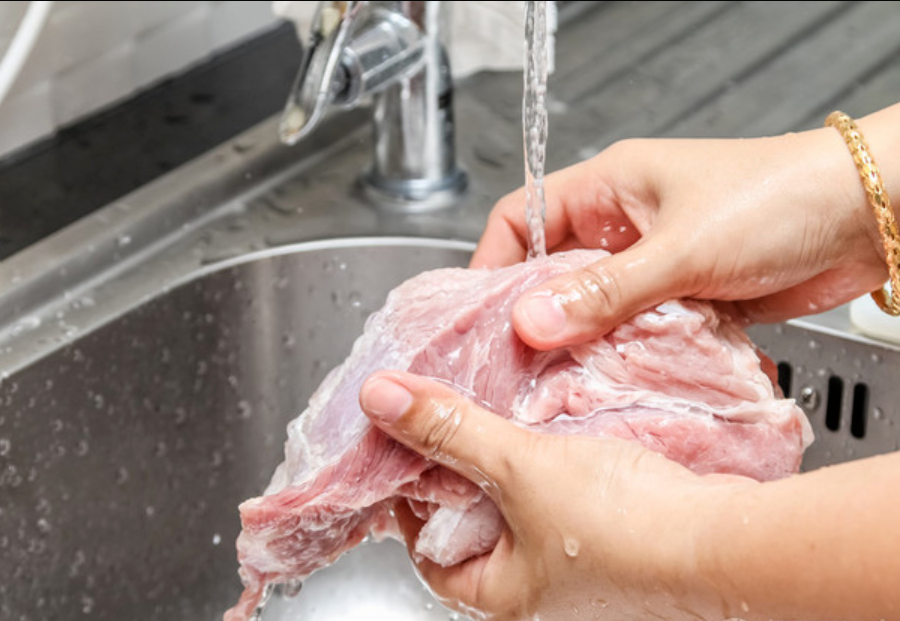
水解冻 Water thawing
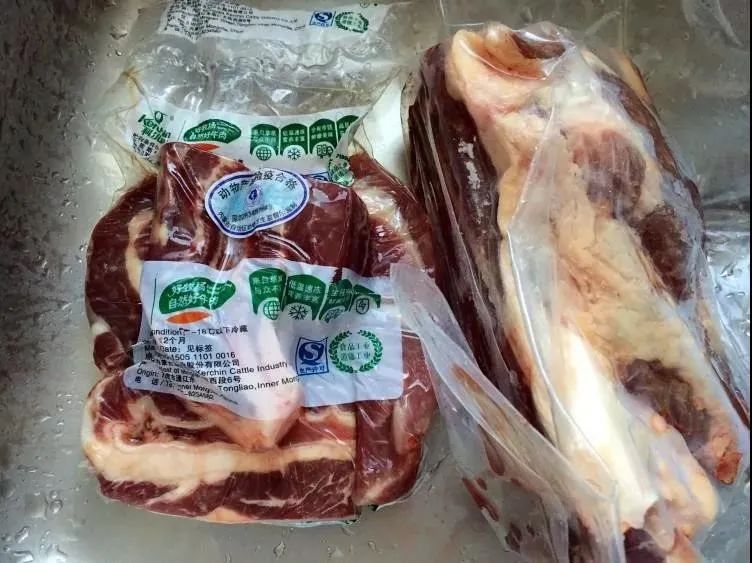
空气解冻 Air thawing
顾名思义,水解冻则以水作为介质,但是其方法解冻效率低,时间长,且需要大量水资源,这明显与绿色环保、节约水资源的理念之间相悖。而微波解冻通过利用先进的微波技术,可以对冷冻肉类内外同时加热,使冷冻品内外同时解冻升温,从而达到解冻食材的目的。与此同时,解冻后冷冻品整体均匀,易切割,并保证产品原有口感和品质。
As the name suggests, hydrolysis freezing uses water as the medium, but its thawing efficiency is low, the time is long, and it requires a large amount of water resources, which clearly contradicts the concept of green environmental protection and water conservation. Microwave thawing, by utilizing advanced microwave technology, can simultaneously heat both the inside and outside of frozen meat, allowing for simultaneous thawing and heating of frozen products, thereby achieving the goal of thawing ingredients. At the same time, the thawed frozen product is uniformly distributed, easy to cut, and ensures the original taste and quality of the product.
02 低温高湿解冻:虽然可以防止腐败微生物的滋生,但冻肉从-18℃到-2℃解冻至加工温度的所需时间大约在15个小时,时间长,解冻量只能根据厂房的容积决定,肉损率在4%-5%,解冻不均匀,而且解冻过程中需要大量人工,无法自动化。
02 Low temperature and high humidity thawing: Although it can prevent the growth of spoilage microorganisms, the time required for thawing frozen meat from -18 ℃ to -2 ℃ to processing temperature is about 15 hours, which is long. The amount of thawing can only be determined based on the volume of the factory building, with a meat loss rate of 4% -5%, uneven thawing, and the thawing process requires a lot of manual labor and cannot be automated.
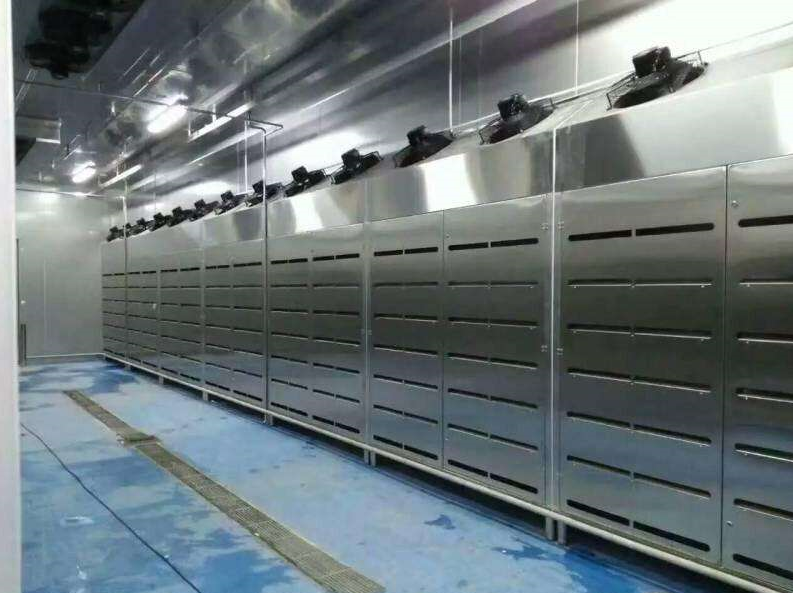
高湿低温解冻 High humidity and low temperature thawing
03 微波解冻:
江苏麦克威微波技术有限公司推出了专门用于冷冻肉的微波解冻设备。75kW/100kW微波回温解冻系统(隧道式)主要用于规模化食品加工企业和冷链过程中对冷冻肉制品的回温解冻,其解冻速度快、效率高,可以使冷冻产品迅速解冻。通常-18℃升高到-3±1℃不超过4分钟便可以完成解冻,肉损率<1%,并且解冻均匀,不会对肉类内部组织造成破坏,锁住其营养成分,保留肉类原有色泽、口感和品质,同时也避免了传统解冻设备带来的肉损率增加,节约原料。
03 Microwave thawing:
Jiangsu Maxwell Microwave Technology Co., Ltd. has launched a microwave thawing equipment specifically designed for freezing meat. The 75kW/100kW microwave thawing system (tunnel type) is mainly used for thawing frozen meat products in large-scale food processing enterprises and cold chain processes. Its thawing speed is fast and efficient, which can quickly thaw frozen products. Usually, thawing can be completed by raising the temperature from -18 ℃ to -3 ± 1 ℃ for no more than 4 minutes. The meat damage rate is less than 1%, and the thawing is uniform, without causing damage to the internal tissues of the meat. It locks in its nutritional components, preserves the original color, taste, and quality of the meat, and also avoids the increase in meat damage rate caused by traditional thawing equipment, saving raw materials.
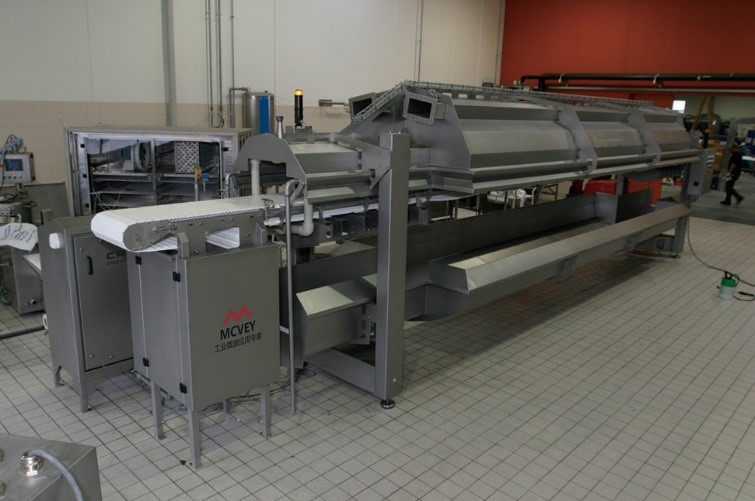
微波解冻 Microwave thawing
解冻参数对比图(Comparison chart of thawing parameters):
| 空气解冻(air thawing) | 水解冻(water thawing) | 微波解冻(Microwave thawing) | 低温高湿解冻(Low temperature and high humidity thawing) | |
| 温湿度控制(temperature and humidity control) | 否(deny) | 否(deny) | 可控温(temperature controllable) | 控温控湿(Temperature and humidity control) |
| 色泽(colour and lustre) | 暗淡(dim) | 灰白(pale) | 亮泽(Brightness) | 较亮泽(Bright and lustrous) |
| 时间(time) | 24小时 | 8-10小时 | 4分钟 | 15小时 |
| 水分流失(Water loss) | 5% | 3-5% | <1% | 4% |
| 有害菌群数量级(Order of harmful bacterial communities) | 1000 | 10000 | 100 | 1000 |
| 耗电量(power consumption) | 0 | 0 | 100kW·h | 18kW·h |
| 耗水量(water consumption) | 0 | 18-25吨 | 0 | 0.2吨 |
| 污水处理(sewage disposal) | 高成本(High cost) | 高成本(High cost) | 无(not have) | 较低(Lower) |
| 占地面积(cover an area) | 大(big) | 大(big) | 小(small) | 较大(more) |
| 自动化程度(automaticity) | 低(low) | 低(low) | 全自动化(Fully automated) | 低(low) |
| 解冻均匀性(Uniformity of thawing) | 低(low) | 低(low) | 高(tall) | 低(low) |
—
实验结果(Experimental result)
现场测温结果(On site temperature measurement results:):

热成像图(Thermal imaging image):

通过对各种肉制品进行实验,得到以下实验结论(Through experiments on various meat products, the following experimental conclusions were obtained):
| 肉品种类 (Meat type) | 脂肪含量(FAT) | 初始温度 (Initial temperature) | 解冻温度 (Thawing temperature) | 产量(production) |
|---|---|---|---|---|
| 牛臀肉(round steak) | 3.15% | -18℃ | -2±1℃ | 2.6吨/小时 |
| 牛柳肉(Beef tenderloin) | 7.33% | -18℃ | -2.5±1℃ | 2.82吨/小时 |
| 牛上脑(Bovine superior brain) | 13.56% | -18℃ | -2±1.5℃ | 3.7吨/小时 |
| 猪肉(pork) | 29.00% | -18℃ | -2.3±1.5℃ | 4吨/小时 |
| 鸡胸肉(breasts) | 1.26% | -18℃ | -2±1.5℃ | 2.5吨/小时 |